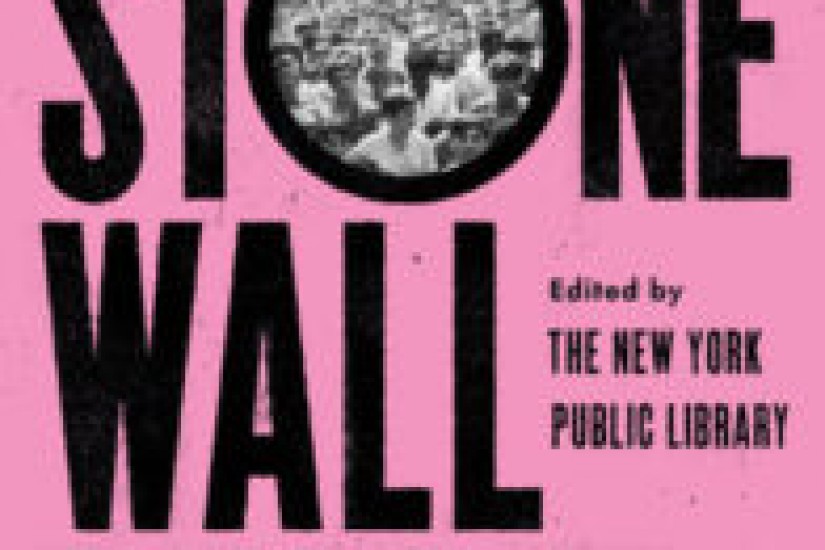There’s something wonky and inappropriate about nearly every major protest event in history. The British inspired the Boston Tea Party because they wanted tax revenues to pay for battles they’d fought on behalf of their American colonies. When the French revolutionaries destroyed the Bastille, there were only seven prisoners in it, most of them aristocrats who came with pets, their own furniture, and hundreds of books. The Stonewall uprising protested a police raid on a Mafia-owned gay bar and dance spot that had no running water, where glasses were “washed” in filthy suds and reused, and which was “protected” by straight, extortionate Mafia goons.
But each of these uprisings came along at the right historical moment. Americans were fed up with taxation without representation. The French were protesting rising national debt, extremes in wealth and poverty, expensive foreign wars, and an autocratic government. And gays, who’d almost never resisted arrest, stood up for themselves at last.
There were many causes of this historic resistance. Throughout the early 1960s the city had shut down gay bars out of deference to tourists visiting the World’s Fair, which was mainly designed to showcase American business; the power behind it was the Tammany Hall mayor Robert Wagner. But at the time of Stonewall, in that pre-internet age that was the main place for queers to meet, it seemed gay and lesbian bars were being left in peace. Everyone assumed Mayor John Lindsay was a nice guy because he looked like Kennedy.
The clientele of the Stonewall had gradually changed from white to black and Hispanic, kids who were used to fighting the cops. And then it was very hot outside. And Judy Garland, the Pasionara of gay men, had died on June 22, 1969, from a Seconal overdose at age forty-seven and lay in state in Manhattan’s Frank E. Campbell funeral home. The Stonewall riots began June 28 at three in the morning. They went on for three days and at times the whole of Sheridan Square was cordoned off. Most important, the sexual revolution, Black Power, and anti-Vietnam War demonstrations had shown the efficacy of protest.
